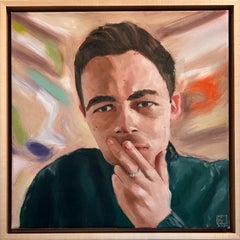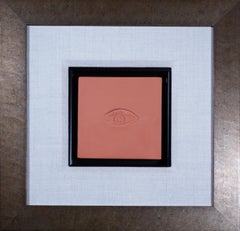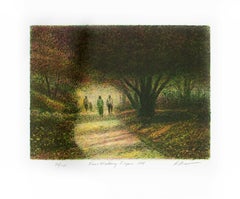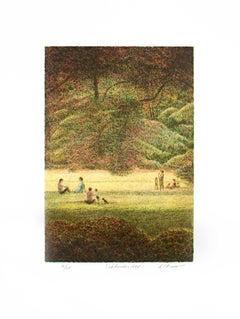About David Barnett Gallery
The David Barnett Gallery is Wisconsin's premier gallery and has the most diverse range of art available in any Wisconsin gallery, including works of art that represent more than 600 artists. The gallery specializes in European and American masters, regional and nationally recognized artists, and "emerging" Wisconsin artists. Latin American, Asian, and African American artists also adorn the gallery along with Ethnographic art from Africa, Indonesia, and Oceania. The gallery has a national reputation for its extensive collection of Picasso ceramics and Milton Avery oi...Read More

Established in 19661stDibs seller since 2017
Featured Pieces
2010s Portrait Paintings
Oil
Late 20th Century Sculptures
Ceramic, Terracotta
Late 20th Century Landscape Prints
Lithograph
Late 20th Century Landscape Prints
Lithograph
Late 20th Century Mixed Media
Copper
Late 20th Century Landscape Prints
Lithograph
Late 20th Century Landscape Prints
Lithograph
Late 20th Century Landscape Prints
Lithograph
Late 20th Century Landscape Prints
Lithograph
Late 20th Century Landscape Prints
Lithograph
21st Century and Contemporary Mixed Media
Ink, Watercolor
1990s Realist Figurative Sculptures
Fiberglass
More About David Barnett Gallery






